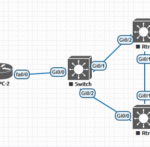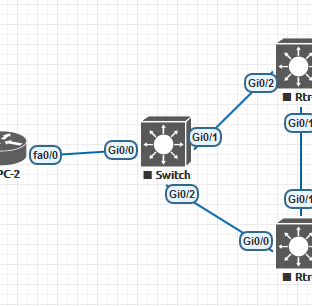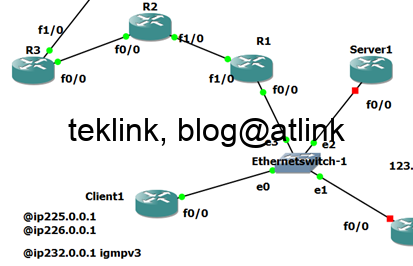Where to use routing?
If yes, then where? in the above described transport network?
At any router level, if it’s not L2 (doing bridging, etc.). But per definition, in OSI, a router is by default, if it’s not differently specified, a L3 device.
In the internet (as shown in the figure), the routing is not done by our help but requires other guys, ISP, to do it for us.
At any switch, if the switch is L3. But if it is not specified, a switch is by default, following the standard, a L2 device…
An alternative to routing
If not, what are some of technologies, protocols, or strategies to achieve the same? without routing?
“without routing” means no router in between A and B. In other terms, a traceroute (for example) from router A to router B, would show only one hop to reach person B.
Technologies maybe reordered following the OSI model from top (requirement underlay) to down:
- tunnel, vpn: vrf, xconnect, vpls, pseudo-wire, mp-bgp, mpls, lables, etc.
- switched circuits: frame relay, atm, x.25, fixed or on-demand switched circuits, dial-up, adsl, etc.
- leased lines: modem, analogic, numeric, low rate, v24, v35, x21, interfaces, etc.
Routing possibilities
If routing is put in place, what are our possibilities? the maximum number of possible routes? that you can offer Mr. A to join Mr.B?
The total number of possibilities, without any selection, is roughly equal to the possibilities at every routing node…





